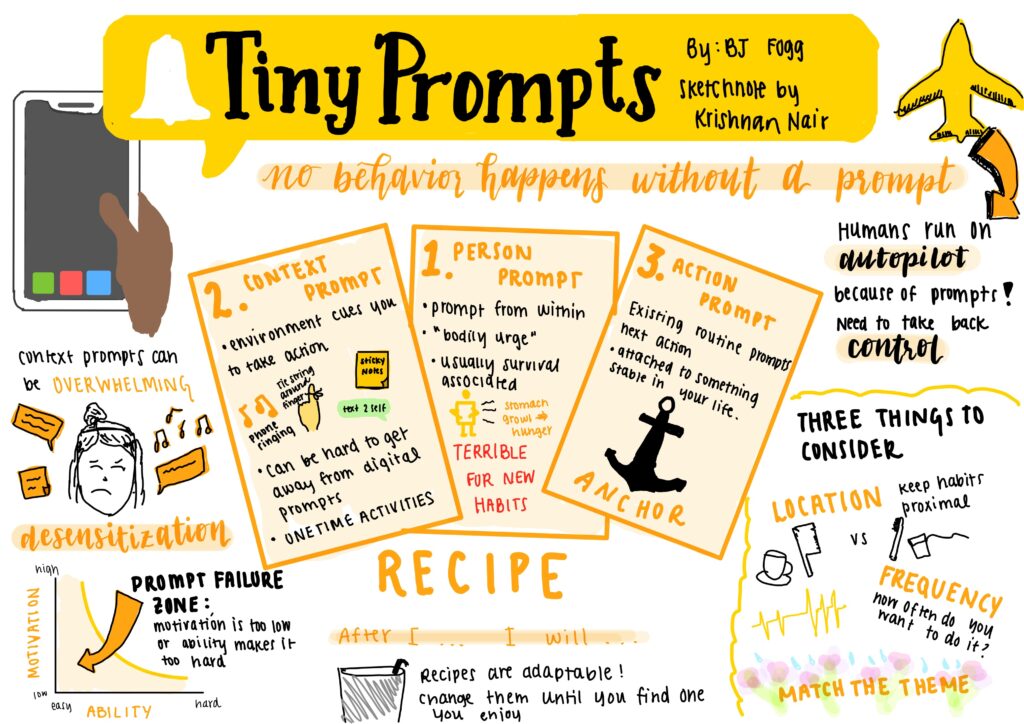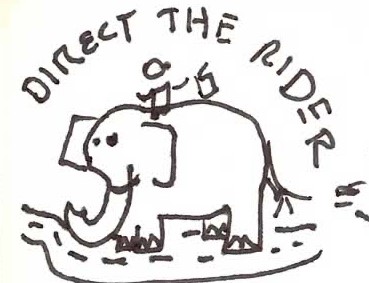A Google Doc with the following literature review can be found HERE.
Emmanuel’s Literature Review
Acute effects of muscle stretching on physical performance, range of motion, and injury incidence in healthy active individuals: a systematic review
[link]
Summary
This paper reviews how different types of stretching—static stretching, dynamic stretching, and proprioceptive neuromuscular facilitation—affect physical performance, flexibility, and injury risk. The authors analyzed studies measuring changes in strength, speed, and endurance immediately after stretching.Static and proprioceptive neuromuscular facilitation stretching generally reduced physical performance, particularly when stretches lasted longer than 60 seconds. However, when muscles were stretched at longer lengths, performance slightly improved. Dynamic stretching had small performance benefits when done shortly before activity.
All stretching techniques increased range of motion, though the effect was temporary, lasting less than 30 minutes. Neither static nor proprioceptive neuromuscular facilitation stretching showed clear benefits for preventing injuries, but longer stretching routines appeared to reduce muscle injuries in sprinting sports. There was no data on whether dynamic stretching helped prevent injuries. The authors recommend including stretching in warm-ups, especially if followed by dynamic movements, to improve flexibility and reduce muscle injuries while minimizing performance loss.
The Impact of Stretching Intensities on Neural and Autonomic Responses: Implications for Relaxation
[link]
Summary
This paper investigates how different intensities of stretching affect relaxation by analyzing brainwave activity and autonomic nervous system responses. Nineteen healthy young adults participated in a crossover study where they performed both low- and high-intensity hamstring stretching. Brain activity was measured using electroencephalography (EEG), and autonomic nervous system activity was assessed through plethysmography. The results showed no significant differences in relaxation effects between high- and low-intensity stretching. However, sympathetic nervous system activity was higher during the resting phase compared to the stretching phase, suggesting that relaxation effects may be more pronounced after stretching rather than during it. Alpha and beta brainwave activity also increased more during the resting phase. A negative correlation between alpha waves and sympathetic nervous system activity was observed in high-intensity stretching, while low-intensity stretching showed a positive correlation between beta waves and parasympathetic nervous system activity.
These findings suggest that stretching influences brain and autonomic nervous system activity, but its effects on relaxation may depend more on the recovery phase than the stretching itself. The authors conclude that stretching may induce physiological interactions between brain and nervous system activity, with different intensity levels influencing these interactions in unique ways.
Jennifer’s Literature Review
Using Daily Stretching to Counteract Performance Decreases as a Result of Reduced Physical Activity
[link]
Summary
This study investigates whether daily static stretching could mitigate performance declines associated with reduced physical activity. Thirty-five healthy participants were divided into two groups: an intervention group that performed a daily ten-minute stretching routine using a stretching board, and a reduced physical activity group that did not engage in the stretching regimen. Over a six-week period, the researchers assessed various performance metrics, like maximal voluntary contraction, range of motion, and jump heights.
The findings revealed that the reduced physical activity group experienced significant decreases in flexibility and jump performance, while the intervention group demonstrated significant improvements in maximal voluntary contraction, range of motion, and squat jump height (but not the other jump variations). These results suggest that a daily ten-minute stretching routine is sufficient to counteract performance declines related to inactivity in young, healthy individuals.
Biomechanical, Healing, and Therapeutic Effects of Stretching: A Comprehensive Review
[link]
Summary
This article examines the biomechanical, physiological, and therapeutic effects of status stretching on the joint-ligament-tendon-muscle functional unit. The authors highlight that static stretching exercises (movements applied through external and/or internal forces) aim to increase muscle and joint flexibility, decrease muscle stiffness, and enhance range of motion in the joints. These exercises are noted to improve the length of the muscle-tendon unit and facilitate better joint, muscle, and tendon movements, contributing to overall musculoskeletal strength.
The review also discusses the healing and therapeutic benefits of static stretching, especially when combined with other rehabilitation techniques such as massage, foam rolling, and hot/cold therapy. These combined approaches are suggested to aid in the development of individualized or group programs aimed at treating and preventing joint injuries, as well as enhancing sports performance. The authors emphasize the need for further investigation into the effects of static stretching to understand its benefits in treatment of joint injuries across various populations, including healthy individuals, patients with illness, older adults, and athletes.
Kelly’s Literature Review
Knowledge and practice of stretching by university students
[link]
Summary
This paper surveyed fitness education students on stretching. They found that although these students are healthy and physically active, they had a low level of knowledge about stretching techniques and their practical application. The time they dedicated to stretching was insufficient and they had no classes dedicated exclusively to stretching. These students tended to stretch only as a warm-up/cool-down.
This is concerning since individuals without regular exercise habits may have even worse knowledge of stretching, and, therefore, receiving instructions on how to perform stretching is very important for this population. Knowing that physical inactivity is one of the leading causes of death globally, using stretching, which is one of the simplest exercises to perform, would be an effective method to prevent physical inactivity. Stretching is important for pain reduction, recovery, and improved quality of life among other benefits.
StretchArms: Promoting Stretching Exercise with a Smartwatch
[link]
Summary
This paper conducted a study on the effectiveness of the authors’ app, StretchArms, encouraging office workers to stretch more throughout the day. The authors’ tested three different versions of StretchArms—Version 1: StretchArms sends reminders to stretch every hour between 10:00 AM and 6:00 PM and presents a simple visual on smartwatch face to guide you through the stretch. Version 2: StretchArms provides immediate real-time feedback on how well the user is performing the stretch. Version 3: StretchArms introduces gamification, including progress bars, daily goals, and virtual rewards.
Study participants that used versions 2 and 3 stretched more than those using version 1; however, they all reported feeling similarly relaxed. The differences between versions 2 and 3 were also minimal, suggesting that feedback is valuable but gamification does not have a large impact. The authors’ attribute this to some participants feeling demotivated by the gamification, the gamification being too simplistic/generic, and to gamification not being the best motivator for health.
Participants wanted more control over reminder intervals, wanted the app to remind you to stretch only if you’ve been inactive for a certain amount of time, wanted more stretching examples/guides, and wanted even better feedback.
Yarency’s Literature Review
Effects of habit formation interventions on physical activity habit strength: meta-analysis and meta-regression
Summary:
This study focused on habit-formation programs that help people incorporate physical activity into their daily routines by linking exercise to specific triggers, making it more automatic. These programs guide participants to plan ahead, use reminders, track progress, solve obstacles, reward themselves, and maintain consistency. Studies show that such programs have a small to medium impact on building exercise habits, with those lasting 12 weeks or less being the most effective. Online programs performed slightly better than face-to-face ones due to frequent reminders and personalization.
Programs that helped participants problem-solve and set clear plans were more successful, while those relying on social rewards or lacking strategies for overcoming obstacles were less effective. Research involving over 2,000 participants across various countries found that habit-focused programs led to stronger exercise habits compared to general advice. These findings suggest that forming habits is more effective than relying solely on motivation or willpower, highlighting the importance of designing programs that make exercise feel easier and more natural.
Evaluating the impact of individuals’ morningness-eveningness on the effectiveness of a habit-formation intervention for a simple and a complex behavior
Summary:
This study examined how habit formation interventions worked for simple (taking a daily calcium supplement) and complex (regular exercise) behaviors while considering individuals’ chronotypes—whether they are naturally more active in the morning or evening. The research, involving 317 young women, found that matching new habits to a person’s chronotype improved success.
Morning types were more successful at forming habits when they planned them for the morning, while evening types performed better when they scheduled habits later in the day. For simple behaviors, morning-type individuals succeeded in taking supplements in the morning, whereas evening types struggled with morning plans.
For complex behaviors like exercise, morning types benefited from morning workouts, while evening types were more successful exercising in the evening. These findings suggest that aligning new habits with a person’s natural rhythm makes it easier for them to stick to routines, emphasizing the importance of personalized habit planning.



